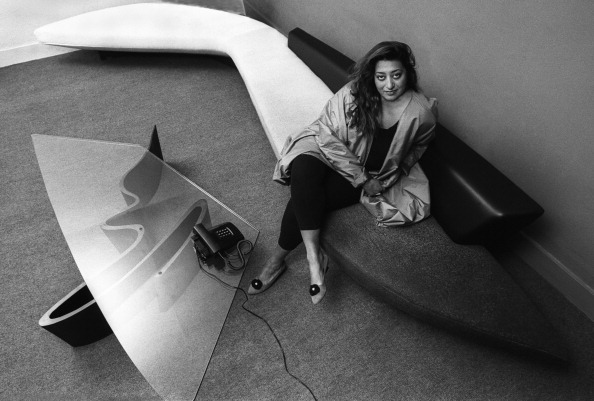The woman who shattered the [ironically not self-designed] glass ceiling for women in the theory and study of architecture, Zaha Hadid, has passed at the untimely age of 65 from a sudden heart attack in Miami whilst undergoing treatment for bronchitis.
The Iraqi-born, British–bred designer left her signature imprint on the art form with her unorthodox designs juxtaposed alongside atypical elements, visualizing structures that, if seeing the light of day, became an acclaimed work of art in itself. Her legacy takes on a whole new form however, as she was regarded as a beacon of hope for aspiring women in a traditionally male-dominated field. With a career decorated with accolades from the RIBA Royal Gold Medal in 2016 to the Pritzker Architecture Prize in 2004, she became the first female figure to earn such recognition, attesting to her true prowess in the field.
Interestingly, Hadid initially shunned her emergence as a symbol of the progressive shift in the profession. “I used to not like being called a woman architect; I’m an architect, not just a woman architect,” she once firmly asserted. Sooner than later however, she embraced her ordained role model status as a force to empower other females to be judged in accordance to their merits- rather than their gender.
Interfacing between her musings of architecture, landscape, and geology, she seamlessly integrated her dynamic vision encompassing all of these elements, then infusing a distinct culture all her own conveyed by projects such as The Peak in Hong Kong (1983), the Kurfürstendamm in Berlin (1986), and the Cardiff Bay Opera House in Wales (1994) soon after pioneering her own practice, Zaha Hadid Architects, in 1979. With an eye for detail, and an equally-refined mind for execution, other notable schemes that went on to receive critical acclaim include Vitra Fire Station in Weil am Rhein (1994), Phaeno Science Centre in Wolfsburg (2005), Guangzhou Opera House in China (2010), the Riverside Museum in Glasgow, the London Aquatics Centre for the 2012 Olympic Games (2011), and the Heydar Aliyev Centre in Baku (2013).
As the world mourns the loss of a visionary, her organic language that became entrenched into the foundation of architecture continues to be celebrated.

